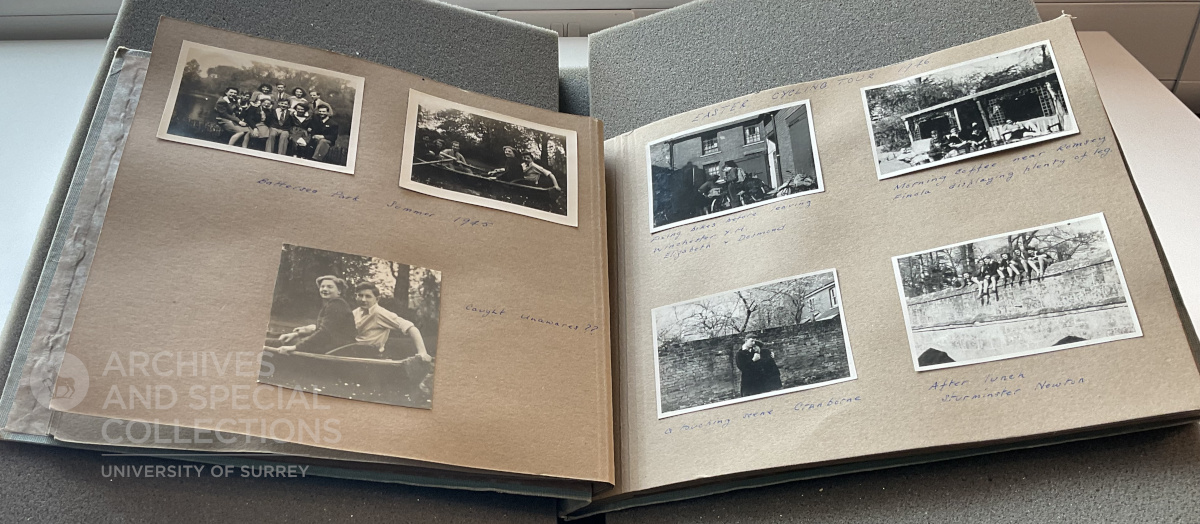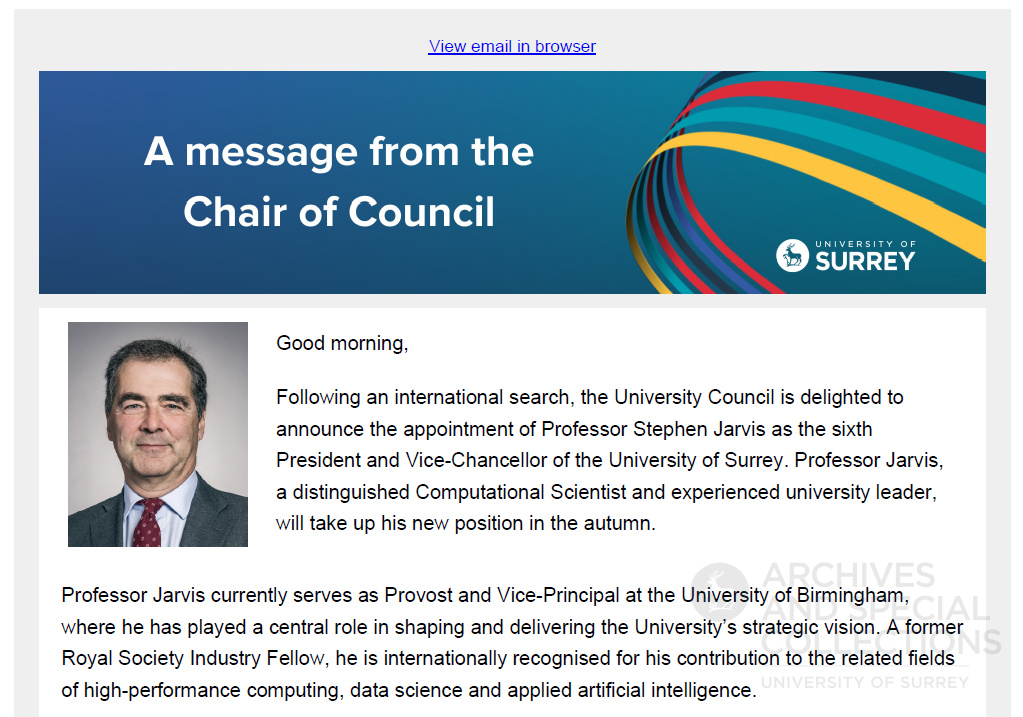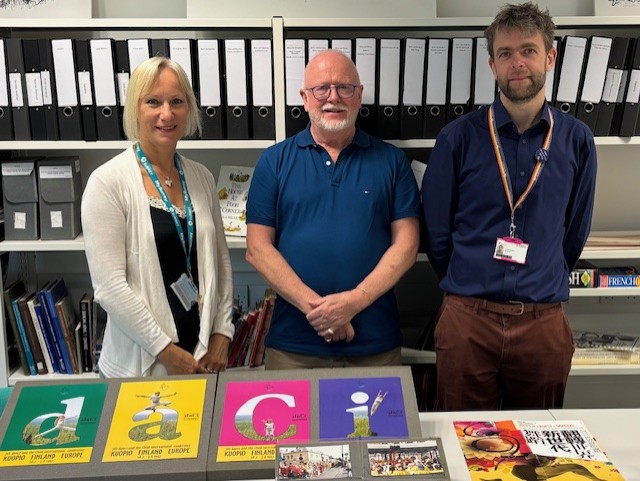The first Thursday of November is World Digital Preservation Day – raising awareness of the need to preserve our born-digital cultural heritage, and celebrating the work carried out by heritage professionals around the world to achieve this goal. To mark the occasion, our Archivist Simon Mackley reflects on why it is exactly that we seek to preserve our digital records.

The theme for this year’s World Digital Preservation Day appears a deceptively simple one – ‘Why Preserve?’ It’s an excellent question, as it reminds us that digital preservation is not just a technical challenge, but that it instead also engages with fundamental questions of the value of digital records – to individuals, to organisations, and to society as a whole.
I would like to suggest that a key reason for digital preservation is that it is fundamentally necessary if many of the functions of archives are to continue in the future. Using examples from our own collections, I hope to illustrate just what this means in practice – and why we preserve digital records here at the University of Surrey.
Preserving Personal Stories
Our researchers use our collections for many reasons – but one of the most common is because they have a personal connection to the archives. Whether it is a former student seeking memorabilia from their time at Surrey, a dance professional looking for records of old performances, or a member of the public researching their family history, the archives we hold can help people connect with their past. This is only possible however because of the physical heritage we hold in our collections – without all the student photographs and newspapers, events posters and programmes, recordings and films, we wouldn’t be able to provide this kind of service.
For the researchers of the future, the sources they go to for these personal connections will be increasingly digital, not physical: the photographs and videos captured by students today are recorded on phones, not film; news is shared online, not through printed column inches; and an event is more likely to feature on social media than it is on a physical poster. If archive services are to continue to connect people with their past, then we must preserve the digital lives of our communities with as much care as we do with the physical archives that have come before.

Enabling Accountability
As the University’s archive service, one of our core missions is to preserve and make accessible the key records of the University’s governance. These provide evidence of decision-making, and support the accountability and the transparency of the University. Traditionally, these kinds of records have often been very formal, ranging from officially published reports of the Vice-Chancellor to enormous bound volumes of committee minutes (the earliest of which are handwritten!).
However, these days the equivalent records are almost entirely digital. The papers of key bodies such as University Senate are circulated electronically and are stored as PDF documents. Annual reports, strategy documents, financial statements – all are now published to the University’s website. Where once key decisions might have been communicated by newsletter or memorandum, now they’re shared through email, SharePoint posts, and social media. We need to preserve these digital records if we are to continue to fulfil the vital function of enabling our long-term accountability as an organisation.

Growing Our Collections
Many of our archive collections are not static, but are continually growing as we receive new material. This is particularly important where the individual or organisation is still active, as we need our collections to fully reflect the history of their subjects. This means that increasingly we need to be able to preserve digital records as well as physical ones.
A good example of this is the archive of the dance education organisation Dance and the Child International (daCi). We first began collecting the records of daCi in the early 1990s, and the material we took in then was typical of an organisational archive: physical files of minutes and correspondence, and printed publications and publicity material. Contrast this with our most recent accrual to the collection, which was almost entirely digital – and indeed, saw us adding recorded Zoom meetings to our holdings for the first time! The records that daCi produces have changed, so if we are to continue to collect its archive then we also need to preserve this digital content.

The Need For Preservation
Hopefully these examples give a sense of why we need to collect and preserve our digital archives. We live in a digital age, and if we want the documentary evidence of our times to survive, then we need to take action to preserve it. It is not always an easy task – and as with physical records, we cannot hope to preserve everything! However, through our commitment to developing our digital preservation capabilities as a service, and to collecting born digital records within the University Archive and our other collections, I’m optimistic that we will continue to meet the needs of our researchers in the decades to come.
